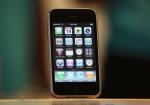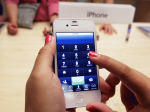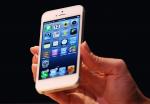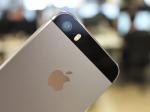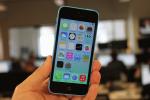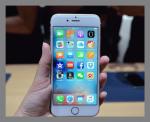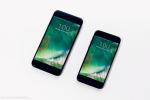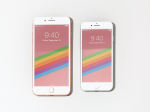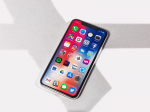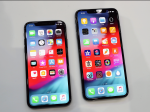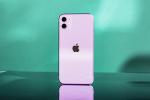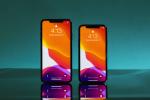AP
- The original iPhone set the stage for the modern smartphone, ushering in an era in which pocket-sized touchscreen computers are the norm.
- Over the past 10 years, Apple's iPhone evolved from a mobile device capable of running basic apps to a powerful computer with professional-grade cameras.
- Here's a look at how the iPhone has changed since its launch in 2007.
- Visit Business Insider's homepage for more stories.
When Apple co-founder and former CEO Steve Jobs unveiled the original iPhone in 2007, he called it "an iPod, a phone, and an internet communicator," all in one. Although Jobs knew that the iPhone would change the way we communicate and access the internet, perhaps even he couldn't have predicted exactly how impactful it would be.
The first iPhone laid the foundation for the modern smartphone, ushering in the era in which pocket-sized computers that can answer any question with the push of a button became the norm.
Now, everything from the way we work, communicate, shop, travel, manage our finances, and experience entertainment can be done through a smartphone. More than 5 billion people around the world use mobile services, according to estimates from GSMA Intelligence. In 2019, consumers in the United States will spend more time on their mobile devices than they do watching TV, according to eMarketer.
Here's a look at how the iPhone, which is now more than a decade old, has evolved over the years.
The original iPhone (2007)David Paul Morris/Getty ImagesApple's first iPhone from 2007 was the one that started it all. It had a 3.5-inch screen, a 2-megapixel camera, and topped out at just 16GB of storage. It didn't even support third-party apps yet.
While those specifications seem primitive compared to today's super-powerful smartphones, the original iPhone was critical in setting the standard for mobile devices in generations to come. Its multi-touch display, for example, was crucial in paving the way for the touch-based operating systems found on smartphones, tablets, and computers around the world.
iPhone 3G (2008)Paul Sakuma/AP
With the iPhone 3G, Apple added critical new capabilities such as a GPS sensor for location monitoring, support for 3G networks, and faster performance. But perhaps most importantly, it introduced the App Store, transforming the iPhone from just a mobile device capable of accessing the internet to a full-blown computing platform. Today, the App Store hosts more than 2 million apps, setting the stage for the booming app economy that made it possible for the Ubers and Snapchats of the world to flourish.
iPhone 3GS (2009)Getty
The iPhone 3GS introduced further refinements to Apple's smartphone, offering improvements like a better 3-megapixel camera, voice control, and longer battery life. The new software that launched on the iPhone 3GS was also just as important; it introduced features that have long been the standard such as cut, copy, and paste actions as well as support for multimedia messaging.
iPhone 4 (2010)Associated Press
The iPhone 4 represented the first major redesign of the iPhone since its launch in 2007. It had a thinner profile and a sharper shape compared to its predecessors, featuring a body made of glass with a stainless steel trim that wrapped around its edges.
It also introduced the Retina display, which has become a hallmark of Apple's products ever since, and was the first iPhone to come with FaceTime video calling.
While the iPhone 4 was generally well-received, it wasn't immune to its fair share of criticism, most notably because of a call reception issue that became known as "Antennagate." Some iPhone 4 owners experienced frequent dropped calls due to an issue with the antenna when the phone was held a certain way, a problem that prevented Consumer Reports from recommending it in 2010.
iPhone 4S (2011)AP
The headlining feature of the iPhone 4S was the introduction of Apple's digital voice assistant Siri. Today, Siri can be found in nearly all of Apple's products, from the Apple Watch to the Mac and HomePod.
See the rest of the story at Business Insider
See Also:
- The Mac Pro is finally coming on December 10 — Apple's super-powerful computer that starts at a whopping $6,000
- Trump reportedly uses unsecured phone lines. Cybersecurity experts explain why those are 'so easy to hack it's scary.'
- These $150 wireless earbuds from a company you've probably never heard of made me want to ditch my $250 AirPods Pro



